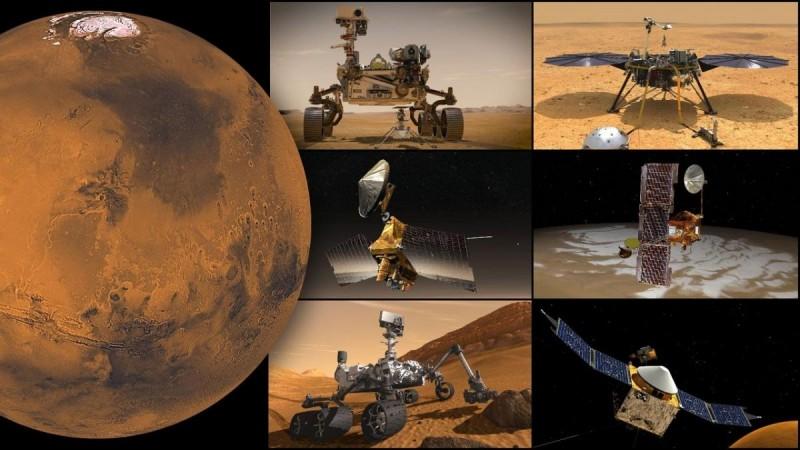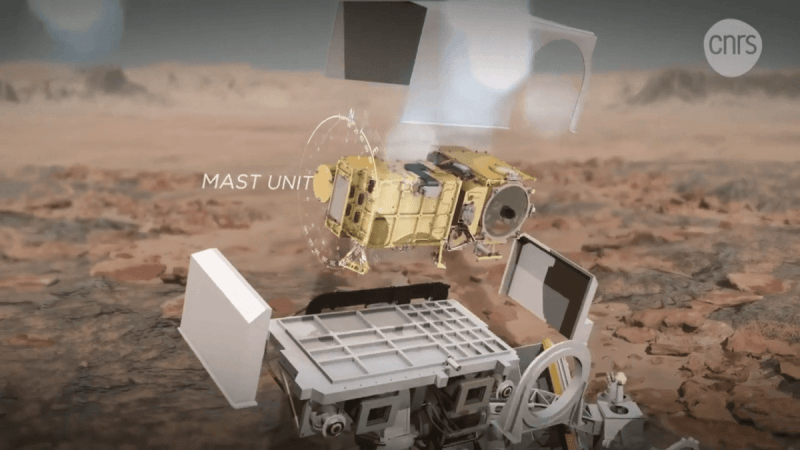NASA's new A14Mars initiative will let the public assist NASA in training its rovers to better explore Mars. This is a continuation of a project that began last year and used photos from NASA's Curiosity rover.
The objective is to fine-tune an algorithm that will aid a future Mars rover in picking out needles in a haystack of data coming from Mars. Members of the public may now assist NASA's Perseverance rover in teaching an artificial intelligence programme to detect scientific traits in photographs collected by the rover.

The project
Perseverance's 19 cameras send dozens to hundreds of photos to Earth every day for engineers and scientists to analyse. After the photographs travel millions of kilometres from Mars to Earth, the crew has just hours to compose the very next set of instructions to send to Perseverance.
One scientist cannot scrutinise all the downlinked photos in such a short period, said Vivian Sun, a JPL scientist who assists Perseverance in daily operations and consulted on AI4Mars. We could save time if an algorithm could say, 'I think I detected rock veins or nodules over here,' and then the science team could dig further.
Before that, participants used a tool to indicate things like sand and rock that NASA's Jet Propulsion Laboratory rover drivers generally watch out for while planning paths on Mars. It was shown that SPOC (Soil Property and Object Classification) could properly identify these traits about 98 per cent of the time.
"Machine learning is not like software," Ono remarked. "It's not like starting from scratch. Consider it a fresh brain. Getting a solid dataset to train that brain and tweaking it to learn better is more work here."
"Machine learning is fundamentally different from traditional software," Ono explained. "This is not comparable to creating anything from scratch. Consider it as a fresh start with a new brain. More work is being expended here on acquiring a suitable dataset for teaching that brain and on manipulating the data so that it is more easily learnt."
"If someone outside JPL develops an algorithm that outperforms ours utilizing our dataset, that's fantastic as well," he said. "It just facilitates the discovery of additional information."

Perseverance rover updates
Perseverance's Mars mission will include planetary geology, including looking for traces of old microbial life. To prepare for human exploration of Mars, the rover will evaluate the planet's geology and environment, and gather and store Martian rock and regolith.
NASA's Perseverance rover, which arrived in Jezero Crater on Mars on Feb. 18, 2021, has already made history. Mars and Earth are now on different sides of the Sun and cannot communicate. After 216 Martian days of relentless labour, the scientist teams are enjoying their first genuine vacation.
Two Perseverance team members have decided to take a break from the rover for the next 20 days to reflect on the mission.
Perseverance has gone 1.6 miles (2.6 km) across rugged terrain and shot tens of thousands of photographs with its 19 cameras. The three important milestones: gathering the first rock core samples, flying the Ingenuity helicopter, and releasing our first scientific discoveries concerning the Jezero Crater delta.
Consistency got two core samples from the grey, wind-polished rock. It will then dump the samples in a secure and easily accessible spot on Mars. NASA's Mars Sample Return mission will grab the sample tubes in the late 2020s and return them to Earth.
But rock scientists don't have to wait that long. Perseverance utilised its SHERLOC and PIXL spectrometers to analyse the rocks at both locations. The researchers discovered crystalline minerals indicative of basaltic lava flows, and also salt minerals indicative of ancient groundwater.











![Too drunk to walk? Karnataka to drop heavily intoxicated revellers home, sets up rest centres for New Year crowds [Watch]](https://data1.ibtimes.co.in/en/full/826552/too-drunk-walk-karnataka-drop-heavily-intoxicated-revellers-home-sets-rest-centres-new-year.png?w=220&h=138)





